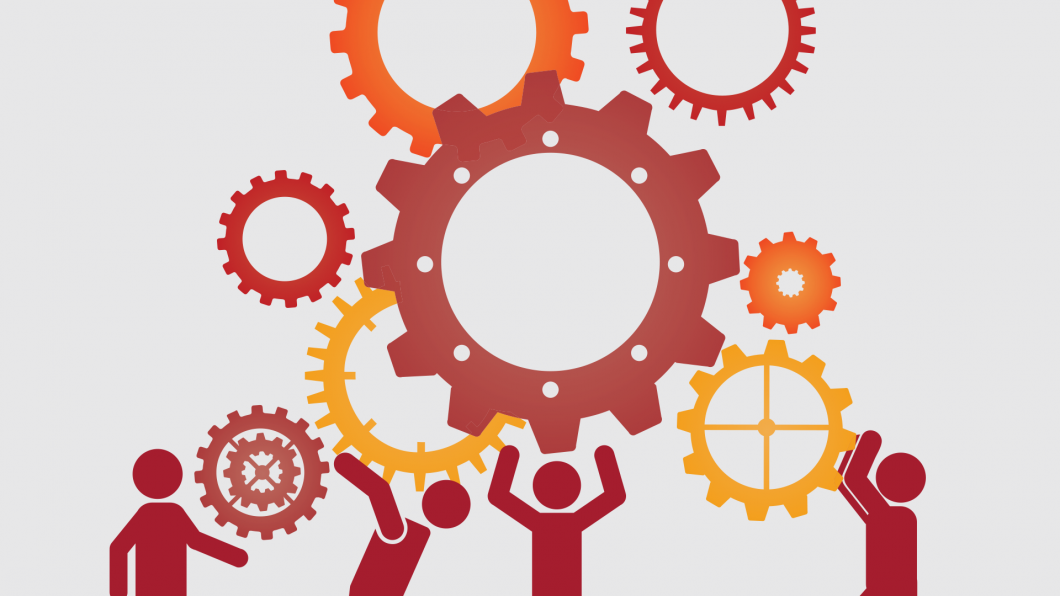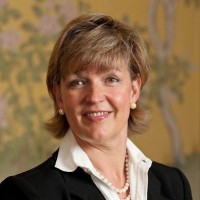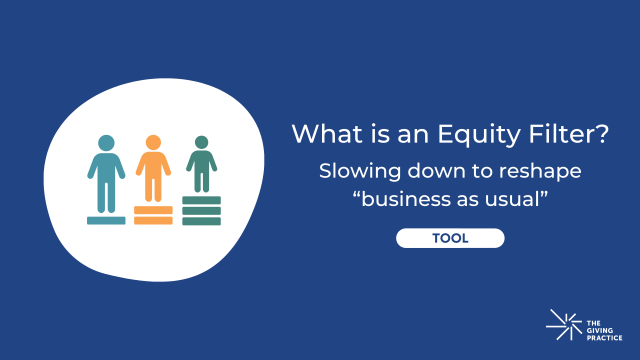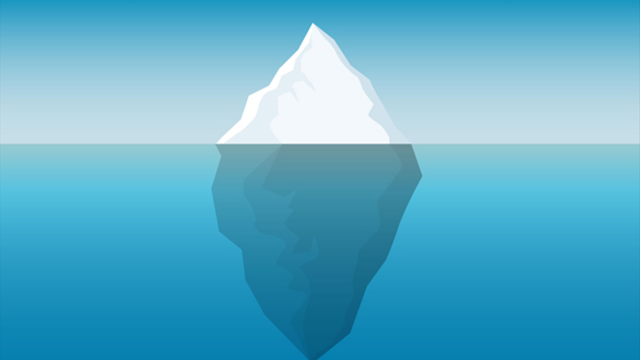
This post is the result of networks and reverse engineering! I wanted to explore whether philanthropy practitioners have used adaptive leadership, the framework developed by Dr. Ronald Heifetz and colleagues at Harvard’s Kennedy School, as a form of reflective practice. Hanh Le, who wrote a great post on Katy Perry lyrics and foundation strategy on this site, introduced me to foundation director and leadership consultant Marc Manashil, who with Dr. Linda Lausell Bryant created a variety of programs at New York University’s (NYU) Silver School of Social Work using the adaptive leadership approach. Those programs are funded by the B. Robert Williamson Jr. Foundation. I wanted to learn how this foundation came to support a form of reflective practice as capacity building, and that’s how I began my conversation with the foundation’s Executive Director, Caroline Williamson. –Jan Jaffe
Caroline: My story is pretty unique. We are a new foundation, not very big and we are a grantmaking public charity. We support programs for underserved children in New York City. That aspect of what we do is traditional charitable work and it is good work. Very early on, we began to experiment with ways to encourage opportunities for reflection and learning among the organizations we supported. Our first grant was for $300K over three years to fund the adaptive leadership work.
Jan: These kinds of exchanges are rare among practitioners who are so pressed for time and money. And, they are rarely funded in philanthropy.
Caroline: Yes, I didn’t know this wasn’t a common practice. I had supported a university fellowship program and in that process, we discovered the power of simply giving fellows from different departments an opportunity to talk to each other. Cohorts formed, people began to work together and enlarged their community of practice, and that led to better outcomes.
As our foundation started making grants, I thought we could give more than direct charitable grants as part of our philanthropy. As a result, we helped grantees travel together, with the children they served, to see each other’s programs. They spent time learning about each other. Some of the kids had never left their neighborhoods so it was very eye opening for them and a good thing but I hoped that travel and talk would lead to collaboration around a program for the kids.
Jan: That can be a high bar for organizations juggling a lot of internal and external pressures!
Caroline: You’re right. They couldn’t find the programmatic collaborative opportunity but what came out of the discussions was a desire for joint leadership training to build their capacity to deal with those pressures. For-profits are always looking for ways to “build their bench” and secure top training to retain and grow leaders. I felt like we found a niche where we could really be effective. I reached out to larger, national foundations that support capacity building for leaders, read their research on pilots and found that they too supported this strategy.
Jan: And you still wanted to thread collaboration through the capacity needle…
Caroline: Yes. I interviewed many different facilitators about what they might offer grantees who were interested in a program. What I liked about adaptive leadership training is the very collaborative thread that runs through it by teaching the value of bringing different stakeholders together. Not all of the original grantees wanted to do this. They couldn’t see how it would help them. And some started just because they had trust in our long relationship of giving to them. The more people decided to join for their own reasons, the more they got it.
Jan: I’m interested in how foundations take their own medicine, as it were. How did you learn and use adaptive leadership for yourself and inside your foundation?
Caroline: I did the first year of training with the group. My relationship with these grantees was a long one so there was a lot of trust. Still, I wanted to be careful about my role as a participant. I used my church instead of the foundation as my organization with an adaptive challenge. I was careful not to dominate conversations but I’d ask questions. The other participants saw I had the same issues as they did. One of the unexpected outcomes from engaging in this process is that we now have more trust in each other.
Jan: How did this learning impact how your foundation works as a funder?
Caroline: I became more willing to adapt and change as we went through the program. For example, we hoped to involve the children directly in adaptive leadership but it didn’t happen right away. We didn’t get there until year four and with only one of the grantees. Meanwhile, we ran an experiment with students in the social work school at NYU where they could learn and apply adaptive leadership skills to organizational challenges presented in their internships. That turned out to be a real “a ha” moment because many of the students are from the communities we want to serve and will go on to lead organizations with the children we care about. The experiment has led to a graduate course on adaptive leadership this fall, a summer doctoral course, and a two-day public program offered through NYU Silver’s Office of Global and Lifelong Learning. In addition, one of the original grantees who went through the adaptive leadership process wants to do a train-the-trainer program to create a shared language among people in their communities’ nonprofits.
Jan: What’s been challenging about using adaptive leadership techniques?
Caroline: Figuring out what is your one essential adaptive challenge is a big part of the work. Core to the process is presenting one’s challenge in small groups and just listening to what others say about it. It’s hard to sit there. You realize you weren’t explaining yourself very well. Your idea of what is the most important adaptive challenge shifts. But I found that I learned a lot from listening and not immediately responding to every comment.
Jan: Do you have an adaptive challenge for your foundation right now?
Caroline: For me, the one I work on now is helping stakeholders, including my board, value philanthropy for strategic capacity building as much as we value our grants for other charitable activities. I want us to be involved in the micro and macro aspects of making lives better for children. You have to consider the whole system to be effective. To help kids you have to help the organizations that serve them be stronger and less reactive to the forces around them. You have to build the bench of leaders inside these organizations. To make the case I’m using adaptive leadership disciplines such as running experiments before funding full-blown programs, asking peers how they’ve met the challenge of introducing new ideas as well as making sure we as a foundation are hearing directly from the people we are supporting.
Jan: This is life-long work. What helps you learn and refine your reflective practice over time?
Caroline: I found myself in a position that I did not expect so I had a lot to learn about foundations. I read a lot of articles. I connect with other funders and lean on them for best practices. I’ve believed in the power of openness over control, by seeing what emerges and what comes next. We had an initial three-year plan, but it went out the window after the first year and changed every year thereafter based on the experience of the participants – what they needed and what I needed. Outcomes don’t always appear in the way you expect. Faith helps me accept that the outcome can’t always be known upfront and that my role is to be an agent of change for good.
For more information about Reflective Practices, please click here.



